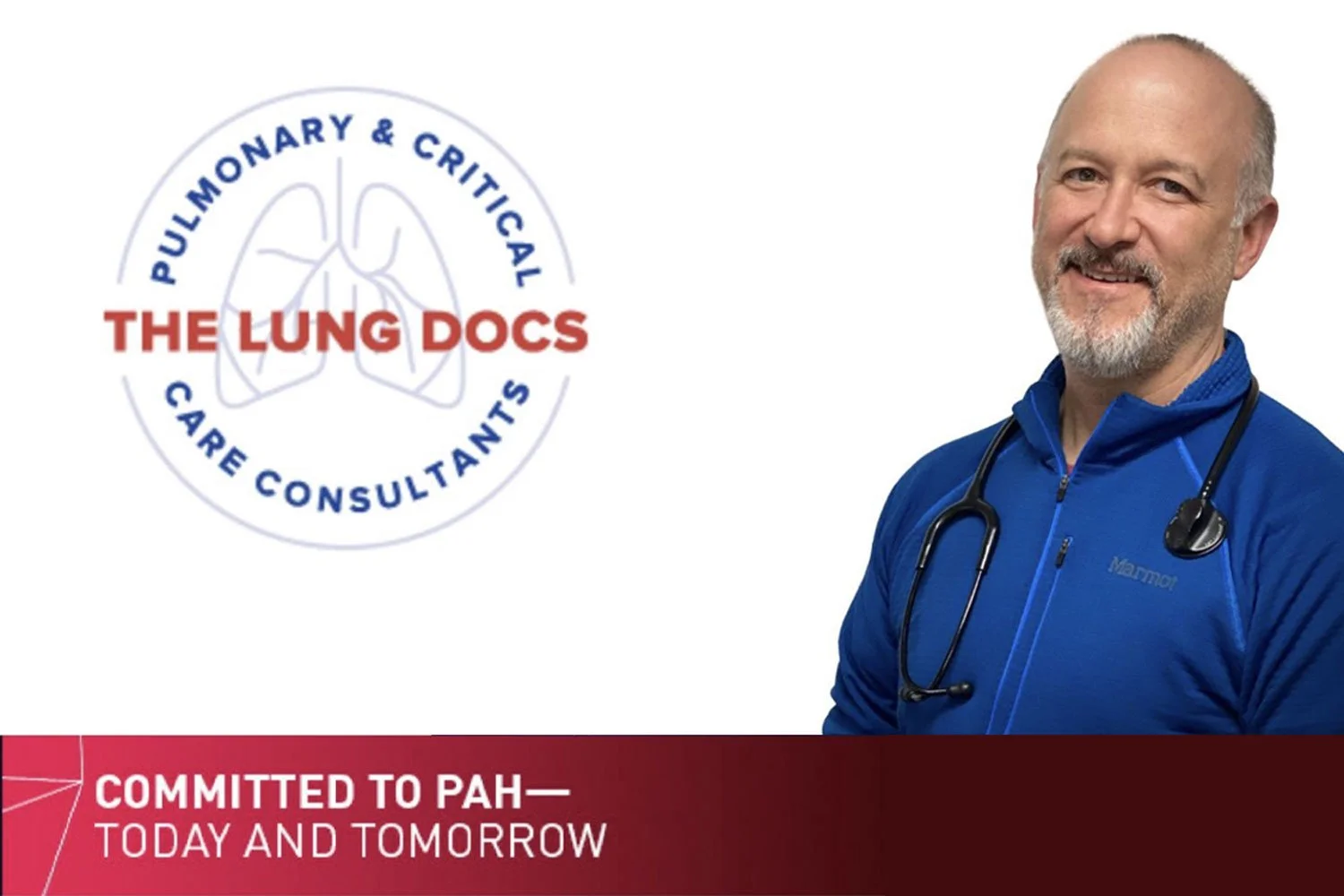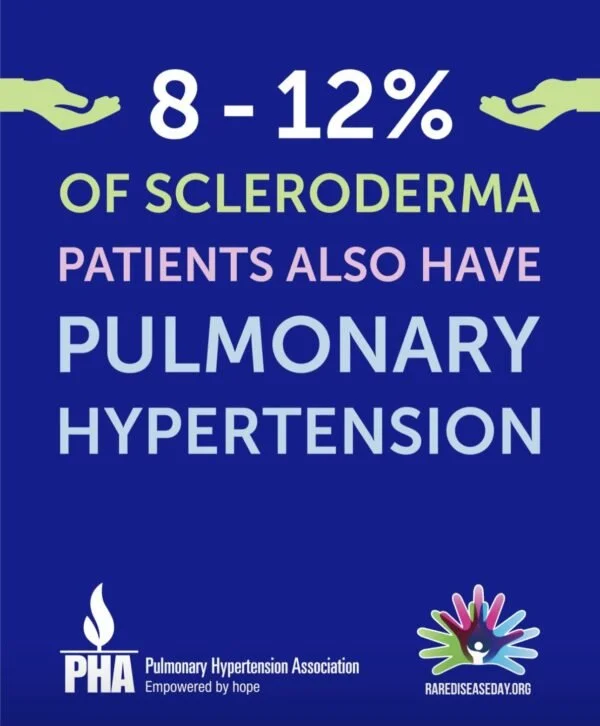June is Scleroderma Awareness Month
June is Scleroderma Awareness Month.
If a person with scleroderma is experiencing shortness of breath and tiredness, they might have pulmonary arterial hypertension (PAH).
Because PAH is a common complication of scleroderma, screening for PAH in scleroderma patients is recommended even if symptoms are not present.
If you have Scleroderma and want to learn more about PAH – Call “The Lung Docs” – We are here to help you breathe better again!
Learn more about the connection between PH and scleroderma in the free brochure from the PH Association linked below.
Pulmonary Hypertension & Scleroderma
Scleroderma is a type of autoimmune disease. If it involves more than just the skin, doctors refer to as systemic sclerosis (SSc). In cases of SSC the body’s immune system can attack the lungs, kidneys, heart, blood vessels, joints, muscles and gastrointestinal tract.
If an SSc patient experiences shortness of breath and tiredness, he or she might have lung fibrosis or Group 1 PH (pulmonary arterial hypertension, or PAH). In patients with PAH, the arteries become stiff and narrow, making it difficult for the right side of the heart to pump blood through the lungs. Between 8-12% of all SSc patients develop PAH. Because the complication is so common in SSc, all scleroderma patients should be screened for PAH, even if they do not have any symptoms. There are multiple medications for PAH and early diagnosis is vital in order to treat the disease most effectively.
Download the Pulmonary Hypertension Association (PHA)’s free patient brochure to learn more about PH risks and treatment options.
Contact your healthcare provider if you are currently suffering from symptoms such as coughing, sneezing, itchy or watery eyes, runny nose, sore throat, headaches, extreme fatigue, shortness of breath or difficulty breathing, as your symptoms may signal a more serious problem.
Sources: American Lung Association, National Institutes of Health, AirNow.gov
We are here to Help You Breathe Better Again – The Lung Docs



